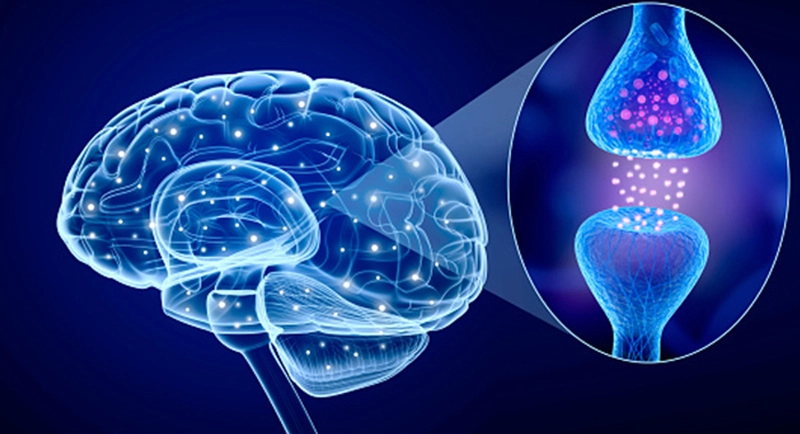Parkinson’s disease could be suffered by 25 million people by 2050, twice as many as estimated three decades earlier, according to a study published today in The British Medical Journal.
This will become a major health challenge, as the disease will grow globally by 112 percent by mid-century compared to 2021, the study analyzes.
A neurodegenerative disease that causes the death of neurons in a part of the brain, limits the brain’s availability of dopamine, a key neurotransmitter for movement control.
It is the second most common neurodegenerative disease, only behind Alzheimer’s, which currently has no cure.
As part of the study, a team of researchers led by Tao Feng of China’s Tiantan Hospital in Beijing carried out, using different estimation models, a projection of what will happen in the coming decades with the disease, taking into account data from 195 countries.
The results show that ageing will be the main cause (89 per cent) of the increase in the prevalence of the disease, followed by population growth (20 per cent) and that the largest increases in the number of cases will occur in East Asian countries, in males and in middle-income nations.
The study details that the countries with the most cases in 2050 are expected to be made up of China, India, the United States, Germany, Brazil, Indonesia, France, Spain, Mexico and the United Kingdom.
Given the inevitable population growth and disability experienced by people with Parkinson’s disease due to the chronic nature of the disorder, there is an urgent need for future research to focus on the development of new drugs, genetic engineering technologies or cell therapies aimed at modifying the course of the disease and improving the quality of life of patients. Suggest.
One of the researchers’ recommendations is the importance of exercise as a means of reducing the impact of the disease.
Today a fundamental recommendation is exercise, because it has been shown that physical activity helps the patient to be better controlled, it has a protective effect, they stress.
Currently, the treatment of the disease focuses on the management of symptoms, mainly with drugs designed to try to make up for the lack of dopamine. The disease is most commonly diagnosed in older people, although up to 20 percent of cases occur in people under 50, neurologists warn.
With information from Prensa Latina / Translated by Radio Angulo
- Cuba Adopts Winter Time on November 2nd - 1 de November de 2025
- Venezuela Sends Humanitarian Aid to Cuba and Jamaica - 1 de November de 2025
- Cuba clarifies alleged offer of aid from the U.S. - 1 de November de 2025

